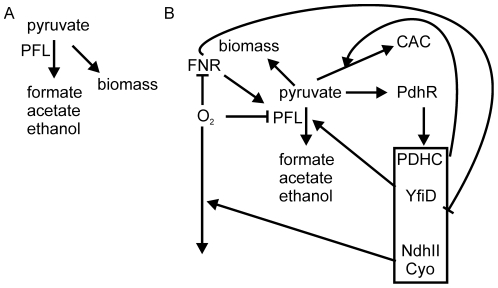Figure 5. Model illustrating the role of pyruvate as a secondary messenger in managing the transition of E. coli K-12 from anaerobic to micro-aerobic conditions.
In the absence of O2 (A) carbon (pyruvate) is incorporated into biomass or excreted as overflow metabolites (mostly formate, acetate and ethanol) in a process initiated by pyruvate formate-lyase (PFL). Upon transfer to micro-aerobic conditions (B) O2 inactivates PFL, directly by oxygenolytic cleavage, indirectly through the action of PFL deactivase (AdhE) [23]. Inactivation of the O2-sensing transcription factor FNR inhibits expression from promoter 6 of focA-pflB [24]. Inhibition of PFL activity at transcriptional and protein levels and a delay in induction of pyruvate dehydrogenase complex (PDHC) activity (Tables 1 and 2) results in a deficit in the capacity to metabolize the pyruvate generated by glycolysis. This hiatus in pyruvate metabolism is sufficient to inactivate the transcription factor PdhR. Inactivation of PdhR derepresses expression of genes encoding the PDHC and the PFL repair protein (YfiD). This response acts to restore the capacity to metabolize pyruvate and as a result extra-cellular pyruvate concentration begins to decline 60 min into the transition. In addition, pyruvate-mediated derepression of the PdhR-repressed genes encoding the primary dehydrogenase NdhII and the terminal oxidase cytochrome bo' oxidase (Cyo) [8] increases the consumption of O2 at the cell membrane, potentially stabilizing undamaged/newly activated cytoplasmic PFL activity and restoring some activity to the O2-sensing transcription factor, FNR, promoting limited anaerobic metabolism (e.g. acetate excretion, Table 3).

